Related Research Articles

Charles John Stanley was an English composer and organist.
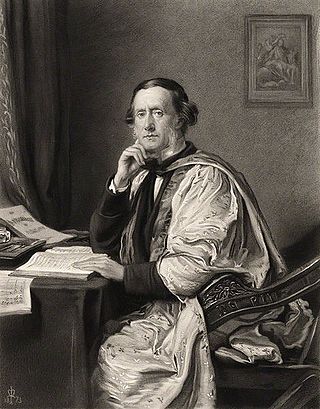
Sir William Sterndale Bennett was an English composer, pianist, conductor and music educator. At the age of ten Bennett was admitted to the London Royal Academy of Music (RAM), where he remained for ten years. By the age of twenty, he had begun to make a reputation as a concert pianist, and his compositions received high praise. Among those impressed by Bennett was the German composer Felix Mendelssohn, who invited him to Leipzig. There Bennett became friendly with Robert Schumann, who shared Mendelssohn's admiration for his compositions. Bennett spent three winters composing and performing in Leipzig.
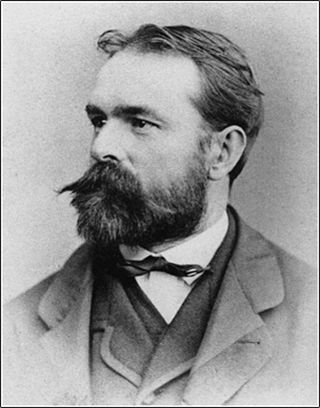
Josef Gabriel Rheinberger was an organist and composer from Liechtenstein, residing in Bavaria for most of his life. As court conductor in Munich, he was responsible for the music in the royal chapel. He is known for sacred music, works for organ and vocal works, such as masses, a Christmas cantata and the motet Abendlied; he also composed two operas and three singspiele, incidental music, secular choral music, two symphonies and other instrumental works, chamber music, and works for organ.

John Hebden (1712–1765) was a composer and musician in 18th century Great Britain.

L'estro armonico, Op. 3, is a set of 12 concertos for string instruments by Italian composer Antonio Vivaldi, first published in Amsterdam in 1711. Vivaldi's Twelve Trio Sonatas, Op. 1, and Twelve Violin Sonatas, Op. 2, only contained sonatas, thus L'estro armonico was his first collection of concertos appearing in print. It was also the first time he chose a foreign publisher, Estienne Roger, instead of an Italian. Each concerto was printed in eight parts: four violins, two violas, cello and continuo. The continuo part was printed as a figured bass for violone and harpsichord.
Howard David Blake is an English composer, conductor, and pianist whose career has spanned more than 50 years and produced more than 650 works. Blake's most successful work is his soundtrack for Channel 4’s 1982 film The Snowman, which includes the song "Walking in the Air". He is increasingly recognised for his classical works including concertos, oratorios, ballets, operas and many instrumental pieces.

Charles Avison was an English composer during the Baroque and Classical periods. He was a church organist at St John The Baptist Church in Newcastle and at St. Nicholas's Church. He is most known for his 12 Concerti Grossi after Scarlatti and his Essay on Musical Expression, the first music criticism published in English. He composed in a transitional style that alternated between Baroque and Classical idioms.

James Hook was an English composer and organist.
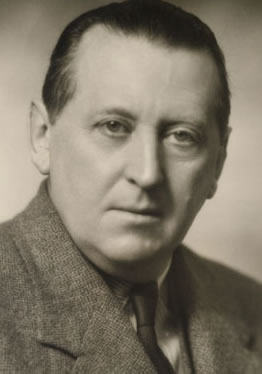
Edwin York Bowen was an English composer and pianist. Bowen's musical career spanned more than fifty years during which time he wrote over 160 works. As well as being a pianist and composer, Bowen was a talented conductor, organist, violist and horn player. Despite achieving considerable success during his lifetime, many of the composer's works remained unpublished and unperformed until after his death in 1961. Bowen's compositional style is widely considered as ‘Romantic’ and his works are often characterized by their rich harmonic language.
Pieter Hellendaal was a Dutch composer, organist and violinist.
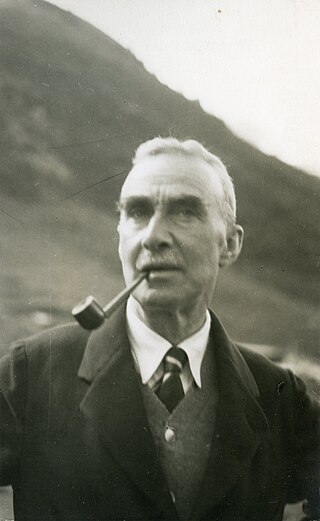
Cyril Bradley Rootham was an English composer, educator and organist. His work at Cambridge University made him an influential figure in English music life. A Fellow of St John's College, where he was also organist, Rootham ran the Cambridge University Musical Society, whose innovative concert programming helped form English musical tastes of the time. One of his students was the younger composer Arthur Bliss, who valued his tuition in orchestration. Rootham's own compositions include two symphonies and several smaller orchestral pieces, an opera, chamber music, and many choral settings. Among his solo songs are some settings of verses by Siegfried Sassoon which were made in co-operation with the poet.
Herbert Henry John Murrill was an English musician, composer, and organist.

Ebenezer Prout was an English musical theorist, writer, music teacher and composer, whose instruction, afterwards embodied in a series of standard works still used today, underpinned the work of many British classical musicians of succeeding generations.

Philip Hayes was an English composer, organist, singer and conductor.

The Handel organ concertos, Op. 4, HWV 289–294, are six organ concertos for chamber organ and orchestra composed by George Frideric Handel in London between 1735 and 1736 and published in 1738 by the printing company of John Walsh. Written as interludes in performances of oratorios in Covent Garden, they were the first works of their kind for this combination of instruments and served as a model for later composers.
The Avison Ensemble is one of England's leading exponents of classical music on period instruments. It is named after Charles Avison (1709–1770), the Newcastle-born composer, conductor and organist, considered ‘the most important English concerto composer of the 18th Century’. Comprising some of Europe's leading musicians and soloists, the Ensemble is directed by violinist Pavlo Beznosiuk. It varies in numbers depending on the repertoire being performed, and is typically of chamber ensemble or concerto grosso size, expanding to full chamber orchestra when needed.
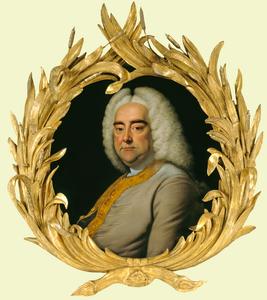
The Handel organ concertos, Op. 7, HWV 306–311, refer to the six organ concertos for organ and orchestra composed by George Frideric Handel in London between 1740 and 1751, published posthumously in 1761 by the printing company of John Walsh. They were written for performance during Handel's oratorios, contain almost entirely original material, including some of his most popular and inspired movements.
A fine and delicate touch, a volant finger, and a ready delivery of passages the most difficult, are the praise of inferior artists: they were not noticed in Handel, whose excellencies were of a far superior kind; and his amazing command of the instrument, the fullness of his harmony, the grandeur and dignity of his style, the copiousness of his imagination, and the fertility of his invention were qualities that absorbed every inferior attainment. When he gave a concerto, his method in general was to introduce it with a voluntary movement on the diapasons, which stole on the ear in a slow and solemn progression; the harmony close wrought, and as full as could possibly be expressed; the passages concatenated with stupendous art, the whole at the same time being perfectly intelligible, and carrying the appearance of great simplicity. This kind of prelude was succeeded by the concerto itself, which he executed with a degree of spirit and firmness that no one ever pretended to equal.
Thomas Chilcot, was an English organist and composer.
George Augustus Löhr was an organist and composer based in England.
Charles Thomas Carter was an Irish composer and organist with mixed success as an opera composer in London, but with some songs that remained popular beyond his lifetime.
References
- 1 2 Owain Edwards, revised Tim Rishton. 'Smethergell, William', in Grove Music Online (2001)
- ↑ A Biographical Dictionary of Actors, Actresses, Musicians, Dancers, Managers, and Other Stage Personnel in London, 1660-1800. Vol. 14 S. Siddons to Thynne. SIU Press. 1991. pp. 126–127. ISBN 9780809315260.
- 1 2 3 Rishton, Timothy (1983). "William Smethergell, Organist" (PDF). The Musical Times. 124 (1684): 381–384. doi:10.2307/964097. JSTOR 964097.
- ↑ C L Cudworth. 'The English Symphonists of the Eighteenth Century', in Proceedings of the Royal Musical Association, 78th Session (1951-1952), pp. 31-51
- 1 2 CPO 555 540-2 (2023), reviewed at MusicWeb International